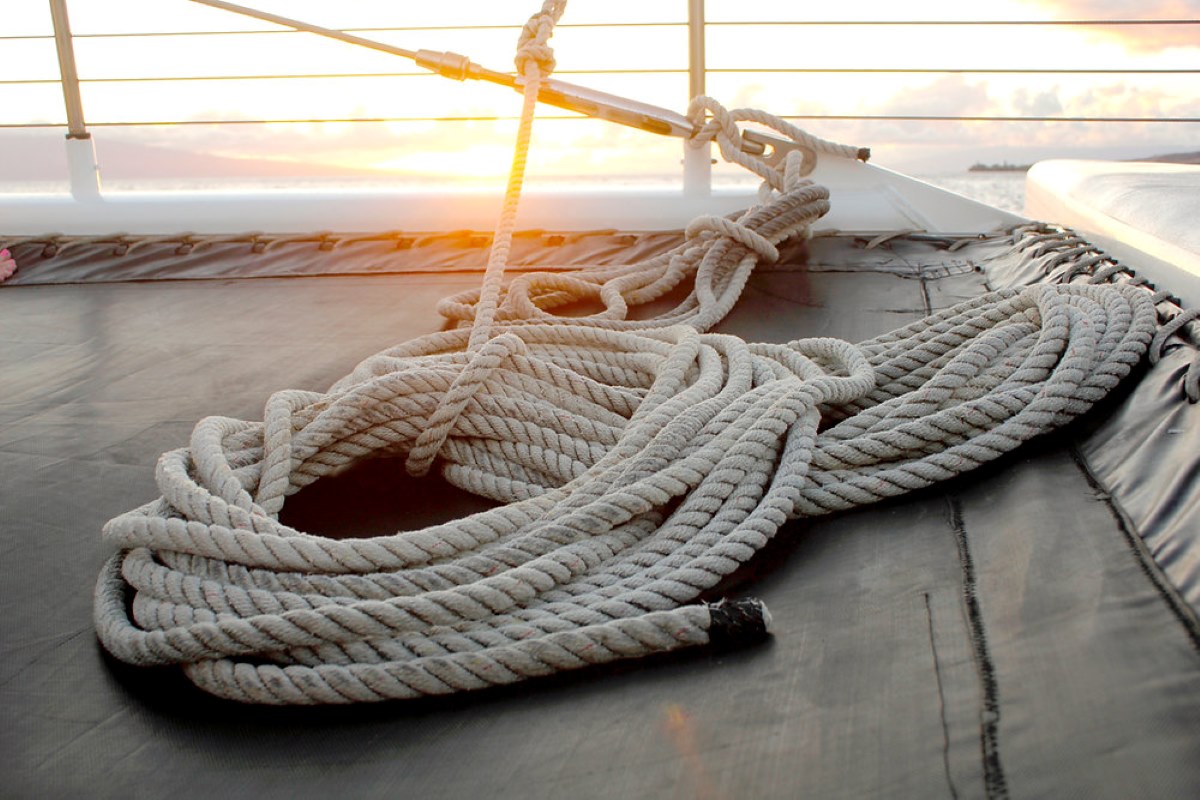

Articles
How To Store Anchor Rope
Modified: March 1, 2024
Discover the best way to store anchor rope in this comprehensive article. Learn useful tips and techniques to ensure your rope stays organized and ready for use.
(Many of the links in this article redirect to a specific reviewed product. Your purchase of these products through affiliate links helps to generate commission for Storables.com, at no extra cost. Learn more)
Introduction
Storing anchor rope is a crucial aspect of maintaining the performance and longevity of your boat’s anchor system. Proper storage not only ensures that the rope remains tangle-free and ready for use but also prevents damage caused by exposure to environmental elements. Whether you’re a seasoned boat owner or a novice sailor, understanding the best practices for storing anchor rope will help you keep your equipment in optimal condition.
Before diving into the specifics of how to store anchor rope, it’s important to consider a few factors. The material of the rope, the type of anchor system used, and the climate in which you’ll be storing the rope all play a role in determining the most suitable storage method. Additionally, regular cleaning and maintenance routines should be established to maximize the rope’s lifespan.
In this article, we will guide you through the key considerations for storing anchor rope. We will cover the cleaning and drying process, demonstrate proper coil winding techniques, offer tips on choosing the right storage location, and provide insights on maintaining the rope’s longevity. By following these guidelines, you’ll be able to keep your anchor rope in optimal condition and ensure its reliable performance when you need it most.
Key Takeaways:
- Properly storing and maintaining anchor rope is crucial for ensuring its longevity and reliable performance. Factors such as material, cleaning, coiling, and storage location play a key role in preserving the integrity of the rope.
- Regular inspections, proper cleaning, and following manufacturer’s guidelines are essential for maximizing the lifespan of anchor rope. By investing in its care and maintenance, you can enjoy worry-free boating experiences with a reliable anchoring system.
Read more: How To Store A Rope
Factors to Consider Before Storing Anchor Rope
Before storing your anchor rope, there are several important factors to consider in order to ensure its longevity and performance. These factors include the material of the rope, the type of anchor system used, the length and diameter of the rope, and the climate in which you’ll be storing it.
First and foremost, it’s crucial to choose a high-quality anchor rope that is suitable for your boat and anchor system. Common materials for anchor ropes include nylon, polypropylene, and polyester. Nylon ropes are known for their strength and stretch, which can help absorb shock loads. Polypropylene ropes are lightweight and float, making them ideal for small boats or temporary anchoring. Polyester ropes are resistant to UV light and have excellent abrasion resistance, making them durable options for long-term use.
Next, consider the type of anchor system you have. Different anchor systems require different rope lengths and diameters. Some systems may require a specific type of rope, such as a chain and rope combination. Ensure that your anchor rope matches the requirements of your anchor system to ensure proper functionality.
The length and diameter of the rope are also important factors to consider. Longer ropes are suitable for anchoring in deeper waters, while shorter ropes are ideal for shallower areas. The diameter of the rope should be appropriate for the weight of your boat and the expected loads it will experience. Thicker ropes are generally stronger and more durable, but they can also be heavier and more difficult to handle.
Lastly, take into account the climate in which you’ll be storing your anchor rope. Extreme temperatures, exposure to sunlight, and high humidity can all have detrimental effects on the rope’s lifespan. Consider storing the rope in a cool, dry place and protect it from direct sunlight to prevent degradation.
By taking these factors into consideration, you can ensure that your anchor rope is properly selected and prepared for storage. This will help maintain its integrity and ensure optimal performance when you’re out on the water.
Cleaning and Drying the Anchor Rope
Cleaning and drying your anchor rope before storing it is essential to remove any dirt, debris, or salt residue that may have accumulated during use. This will not only extend the lifespan of the rope but also prevent the formation of mold or mildew. Here’s a step-by-step guide on how to clean and dry your anchor rope effectively.
1. Start by removing the anchor rope from your boat’s anchor system. Lay it out on a clean and flat surface, ensuring that it is free from any knots or tangles.
2. Fill a bucket or basin with warm water and add a mild detergent or boat soap. Avoid using harsh chemicals or bleach, as they can damage the rope fibers.
3. Submerge the anchor rope in the soapy water and use a soft brush or sponge to scrub it gently. Pay close attention to any areas that appear dirty or stained.
4. Rinse the rope thoroughly with clean water to remove all traces of soap. Ensure that you rinse both the exterior and interior surfaces of the rope, as salt or dirt can often get trapped inside the fibers.
5. After rinsing, gently squeeze out the excess water from the rope. Avoid wringing or twisting the rope, as this can weaken the fibers and cause damage.
6. Hang the rope outdoors in a well-ventilated area, away from direct sunlight. A clothesline or sturdy beam can be used to support the rope while it dries. Ensure that the rope is fully extended and not bunched up to allow for proper airflow.
7. Allow the rope to air dry completely before coiling and storing it. This process may take several hours or even a full day, depending on the weather conditions and thickness of the rope.
By following these cleaning and drying steps, you can effectively remove dirt and salt deposits from your anchor rope, preventing premature wear and maintaining its performance. Regular cleaning and drying routines will ensure that your anchor rope is always ready for use whenever you need it.
Coiling and Storing the Anchor Rope
Coiling and properly storing your anchor rope is essential to prevent tangles and damage, enabling quick and hassle-free deployment when needed. Here’s a step-by-step guide on how to coil and store your anchor rope effectively.
1. Start by untangling the anchor rope completely. Remove any knots or twists along the length of the rope to ensure smooth coiling.
2. Lay the rope out on a clean and flat surface, ensuring that it is free from any obstructions. Make sure the rope is straight and not twisted before starting the coiling process.
3. Begin coiling the anchor rope by holding one end in your hand. Use your other hand to wrap the rope around your elbow, creating a loop. Continue wrapping the rope around your elbow until you reach the desired coil size.
4. Slide the coiled rope off your elbow while keeping the loops intact. Hold the coil with one hand to prevent it from coming undone.
5. Take a separate piece of rope, known as a “bitter end,” and tie it around the center of the coil. This will secure the loops and prevent them from unraveling.
6. Once the coil is securely tied, inspect it to ensure that it is neatly stacked and uniform in size. Make any necessary adjustments to the loops to create an even and compact coil.
7. Choose a suitable storage container for your coiled anchor rope. This can be a rope bag, a storage bin, or even a dedicated space on your boat. Ensure that the container provides protection from moisture, UV rays, and other environmental elements.
8. Place the coiled anchor rope inside the storage container, taking care not to bend or twist it excessively. Avoid placing any heavy objects on top of the rope, as this can cause deformation.
9. Store the container in a cool, dry, and well-ventilated area. Avoid exposing the rope to direct sunlight or extreme temperatures, as these can lead to premature degradation.
By following these steps, you can effectively coil and store your anchor rope, ensuring that it remains tangle-free and ready for use. Proper storage practices will not only prolong the lifespan of the rope but also make it easier to deploy when you’re out on the water.
To store anchor rope, coil it neatly and secure with a rope keeper or tie it with a figure-eight knot to prevent tangles and ensure easy deployment. Store in a dry, well-ventilated area to prevent mildew.
Choosing the Right Storage Location
Selecting the appropriate storage location for your anchor rope is crucial in maintaining its integrity and prolonging its lifespan. Here are a few key factors to consider when choosing the right storage location for your anchor rope.
1. Dry and Well-Ventilated: Choose a storage area that is dry and well-ventilated to prevent the buildup of moisture, which can lead to mold, mildew, and rope degradation. Avoid storing the rope in areas prone to high humidity or dampness, such as a basement or a poorly ventilated storage compartment on your boat.
2. Protection from Sunlight: Sunlight can cause UV damage to the rope fibers over time. Choose a storage location that provides protection from direct sunlight or use UV-resistant covers or containers to shield the rope from harmful rays. If storing your rope on a boat, consider using a storage bag or a designated locker to limit sun exposure.
3. Temperature Control: Extreme temperatures can also affect the quality and performance of your anchor rope. Avoid storing the rope in areas that are subject to extreme heat or cold, such as near heating vents or in unprotected outdoor spaces. Opt for a storage location that maintains a moderate and consistent temperature.
4. Easy Accessibility: Ensure that the storage location allows for easy access to the anchor rope when needed. If storing the rope on your boat, consider a designated storage compartment or a rope bag that can be easily reached without having to move other equipment. This will save you time and effort when deploying or stowing the anchor.
5. Protection from Abrasion: The storage area should be free from sharp edges or rough surfaces that can cause abrasion or damage to the rope. Keep the rope away from any sharp tools, hardware, or abrasive materials that could compromise its integrity. If necessary, use protective covers or padding to further safeguard the rope.
6. Security: If storing your anchor rope in a public storage facility or marina, ensure that the area is secure and that your rope is kept safe from theft or unauthorized access. Consider using locks or security measures to protect your equipment.
By considering these factors, you can choose the right storage location for your anchor rope. This will help maintain its quality, prevent damage, and ensure that it remains in optimal condition for future use. Remember, proper storage practices are essential for preserving the lifespan and performance of your anchor rope.
Read more: How To Store Rope
Tips for Maintaining Anchor Rope Longevity
Proper maintenance and care are essential for maximizing the longevity and performance of your anchor rope. Here are some helpful tips to ensure the longevity of your anchor rope:
- Inspect the Rope Regularly: Regularly examine your anchor rope for any signs of wear, fraying, or damage. Look for weak spots, broken strands, or knots that may affect its strength. Replace any damaged sections immediately to prevent further deterioration.
- Clean the Rope After Every Use: After each use, rinse the anchor rope with freshwater to remove any saltwater or debris. This will help prevent corrosion and the buildup of salt crystals, which can weaken the rope over time.
- Store the Rope Properly: Follow the coiling and storage guidelines mentioned earlier in this article. Properly coiling and storing the rope will prevent tangling, kinks, and unnecessary strain on the fibers. A well-maintained anchor rope will ensure its readiness and reliability for future use.
- Avoid Overloading: Be mindful of the weight capacity of your anchor rope. Avoid overloading it beyond its recommended limits, as this can put excessive strain on the rope and lead to premature wear or breakage. Upgrade to a stronger rope if necessary to accommodate the needs of your boat.
- Protect from Sharp Edges: Ensure that your anchor rope does not come into contact with sharp edges or abrasive surfaces that can cause abrasion or cutting. Use appropriate protection, such as chafe guards or rubber mats, to shield the rope from potential damage.
- Use a Swivel: Consider using a swivel between the anchor and the rope to prevent twisting and tangling. This will ensure that the rope remains free and properly aligned, reducing strain and extending its lifespan.
- Routine Inspections: Regularly inspect your anchor system, including the rope, chain, and anchor, to ensure they are functioning correctly and in good condition. This will help identify any issues early on and allow for timely repairs or replacements if needed.
- Follow Manufacturer’s Guidelines: Always refer to the manufacturer’s guidelines and recommendations for the specific type and material of your anchor rope. Each rope may have different care requirements, so it’s important to follow the instructions provided to ensure proper maintenance.
By following these tips and incorporating them into your regular maintenance routine, you can significantly extend the lifespan of your anchor rope. A well-maintained anchor rope ensures safe and reliable anchoring, giving you peace of mind during your boating adventures.
Conclusion
Properly storing and maintaining your anchor rope is essential for ensuring its longevity and reliable performance. By considering factors such as the material of the rope, the type of anchor system, and the climate in which it will be stored, you can make informed decisions to protect your anchor rope from damage and degradation.
Cleaning and drying the anchor rope before storage helps remove dirt, debris, and salt residue, preventing the formation of mold and extending its lifespan. Coiling the rope properly and choosing the right storage location, which is dry, well-ventilated, and protected from sunlight and extreme temperatures, further enhances its durability and protects against premature wear.
In addition, following tips for maintaining anchor rope longevity, such as regular inspections, avoiding overloading, protecting from sharp edges, and following manufacturer’s guidelines, will ensure that your anchor rope remains in optimal condition for years to come.
Take the time to invest in the proper care and maintenance of your anchor rope as it is an essential component of your boat’s anchoring system. By implementing these best practices, you can enjoy worry-free boating experiences, knowing that your anchor rope is ready to support you whenever and wherever you drop anchor.
Remember, proper storage and maintenance of your anchor rope not only ensures its reliability but also contributes to the overall safety and enjoyment of your boating adventures. So make it a priority to give your anchor rope the attention it deserves, and it will serve you well for countless voyages on the open waters.
Frequently Asked Questions about How To Store Anchor Rope
Was this page helpful?
At Storables.com, we guarantee accurate and reliable information. Our content, validated by Expert Board Contributors, is crafted following stringent Editorial Policies. We're committed to providing you with well-researched, expert-backed insights for all your informational needs.
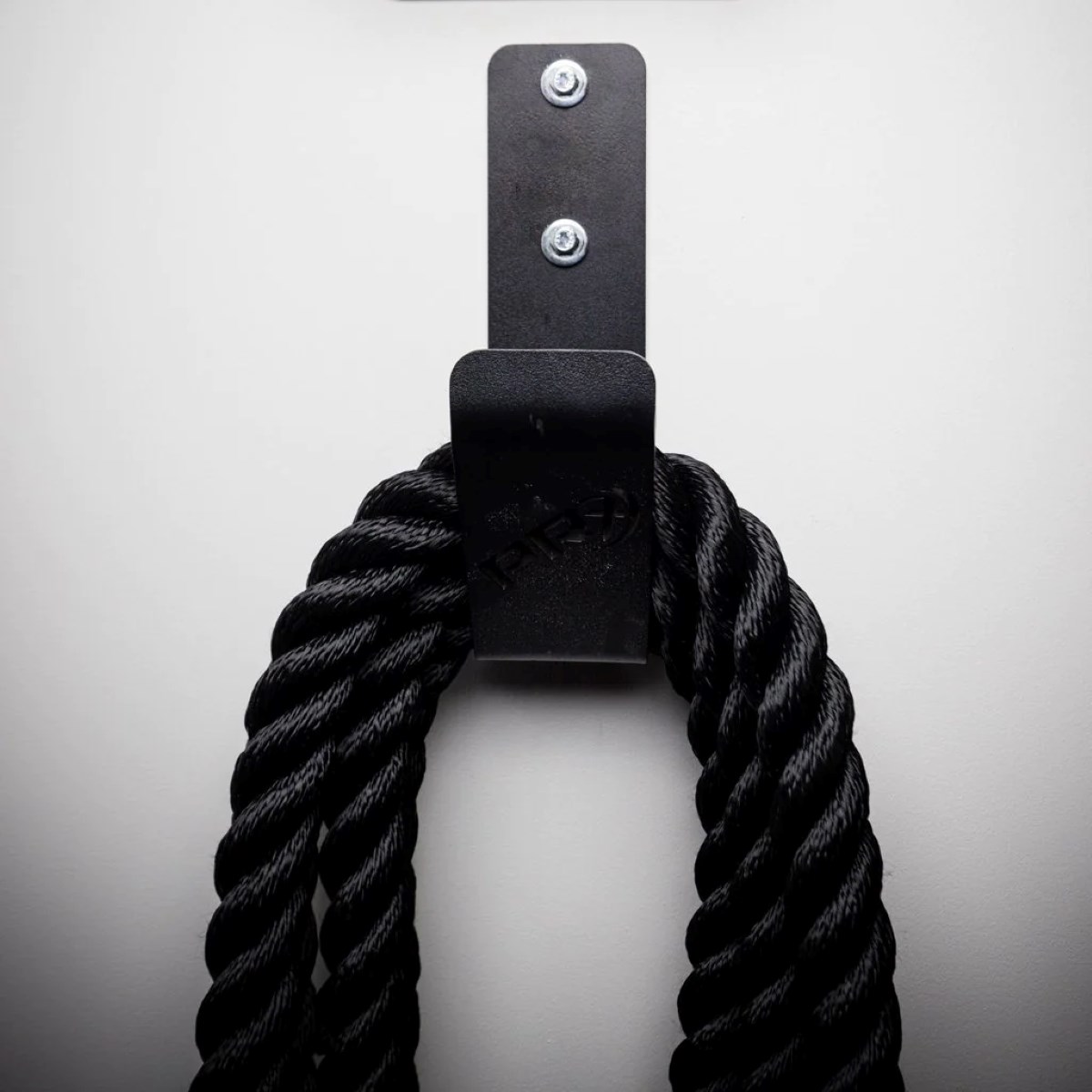
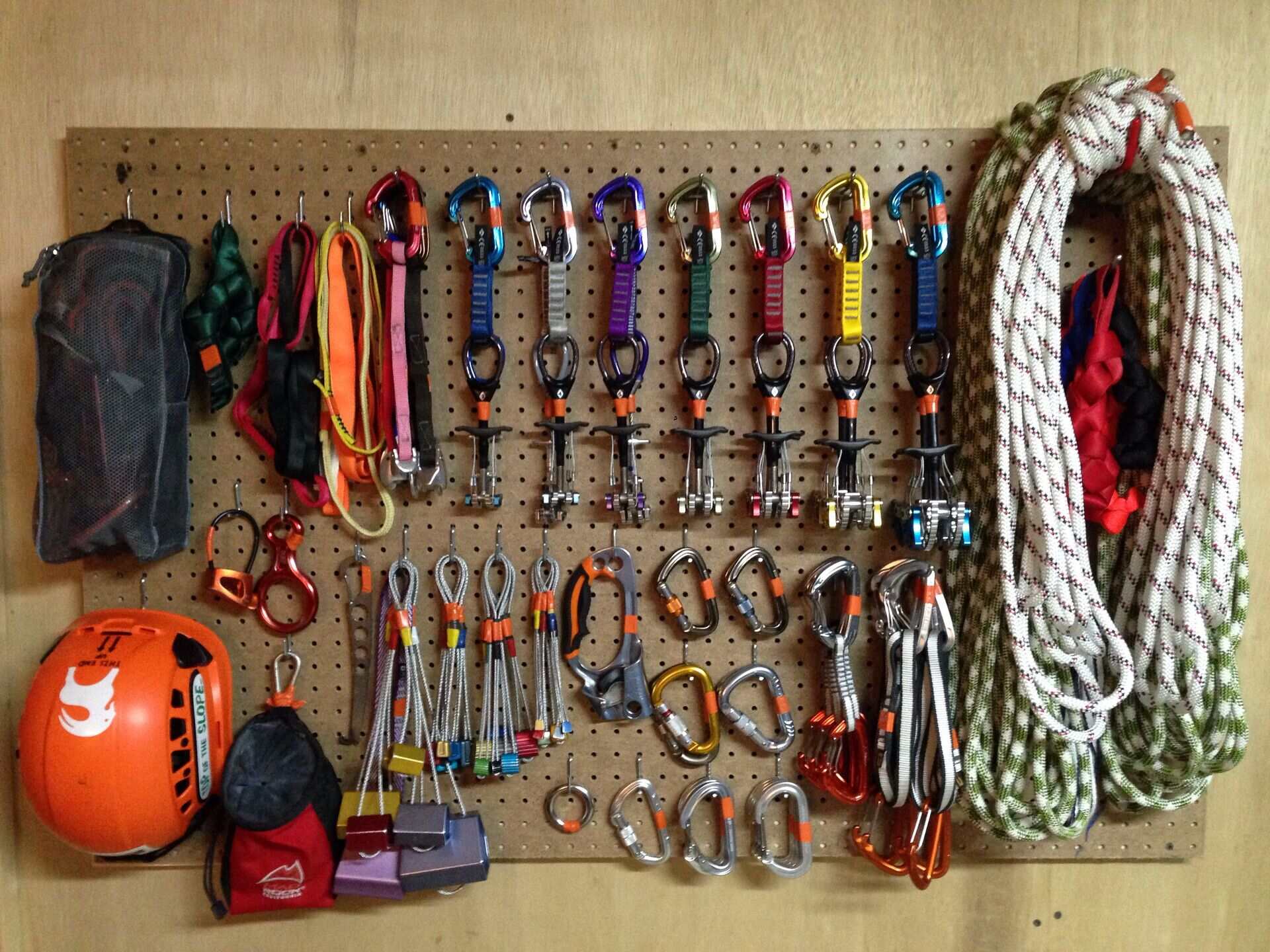

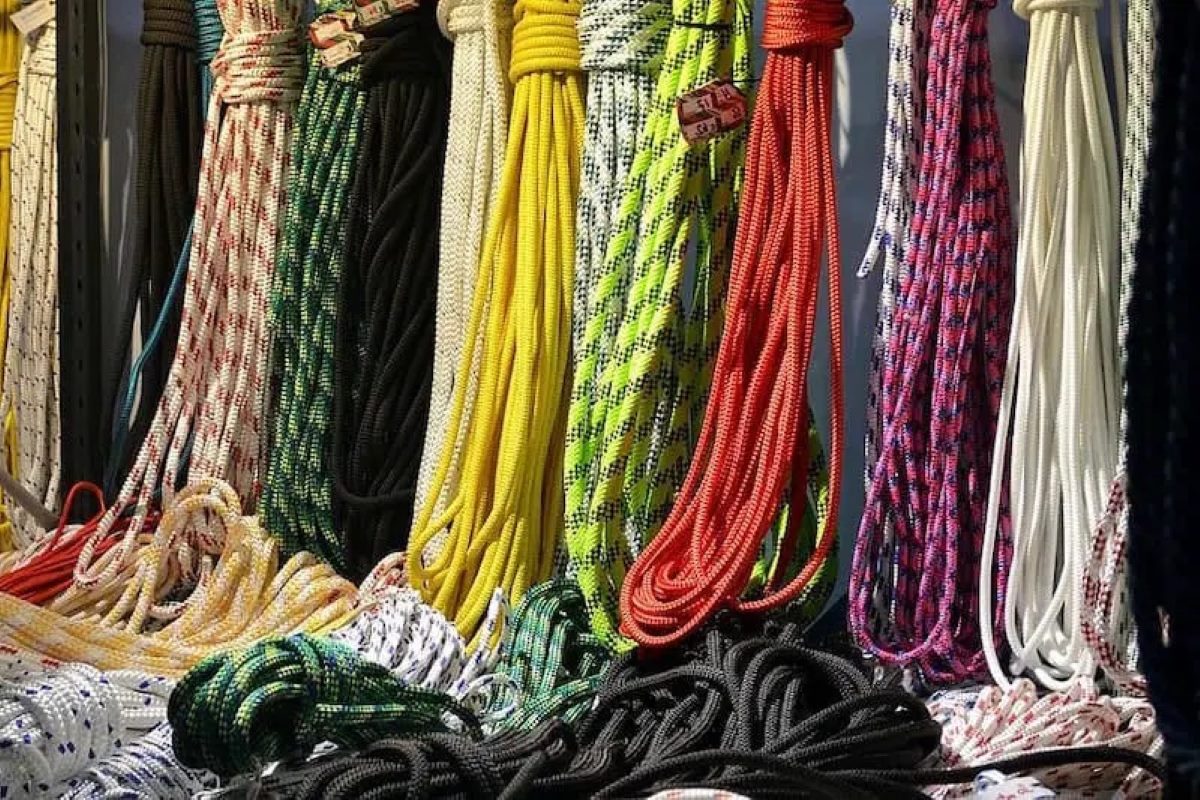
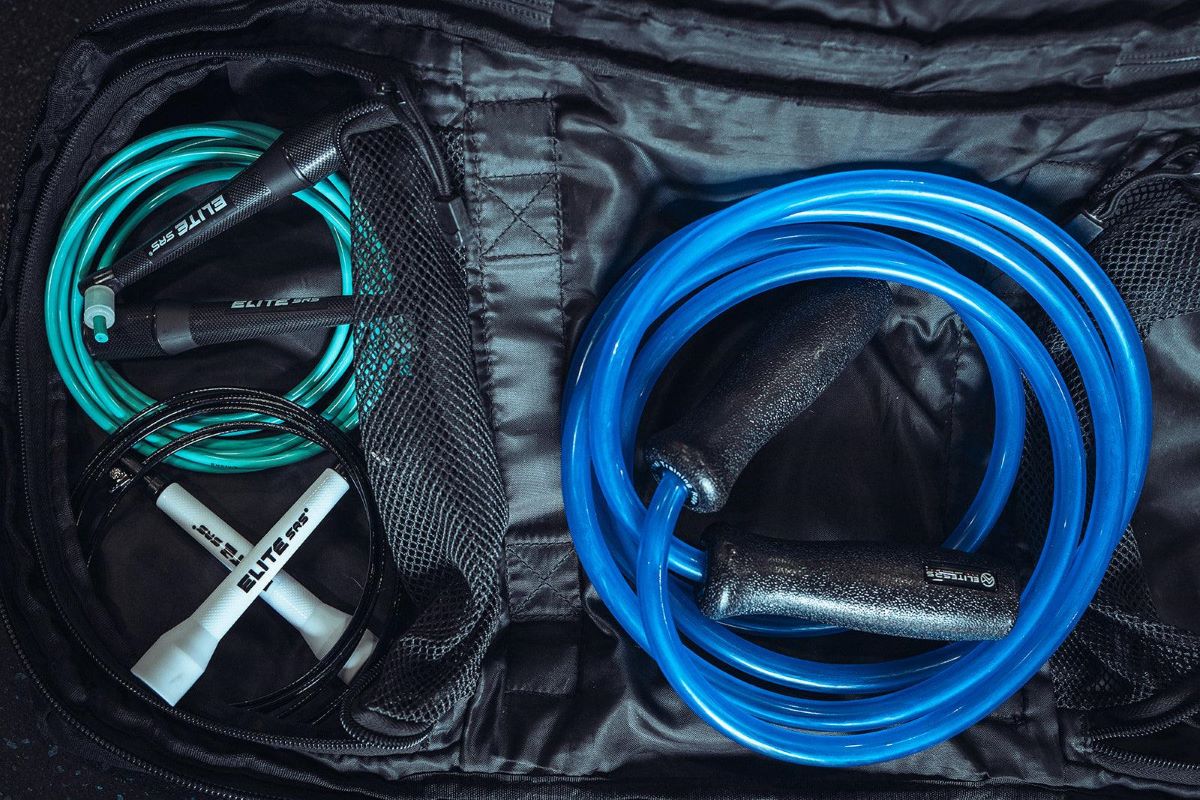
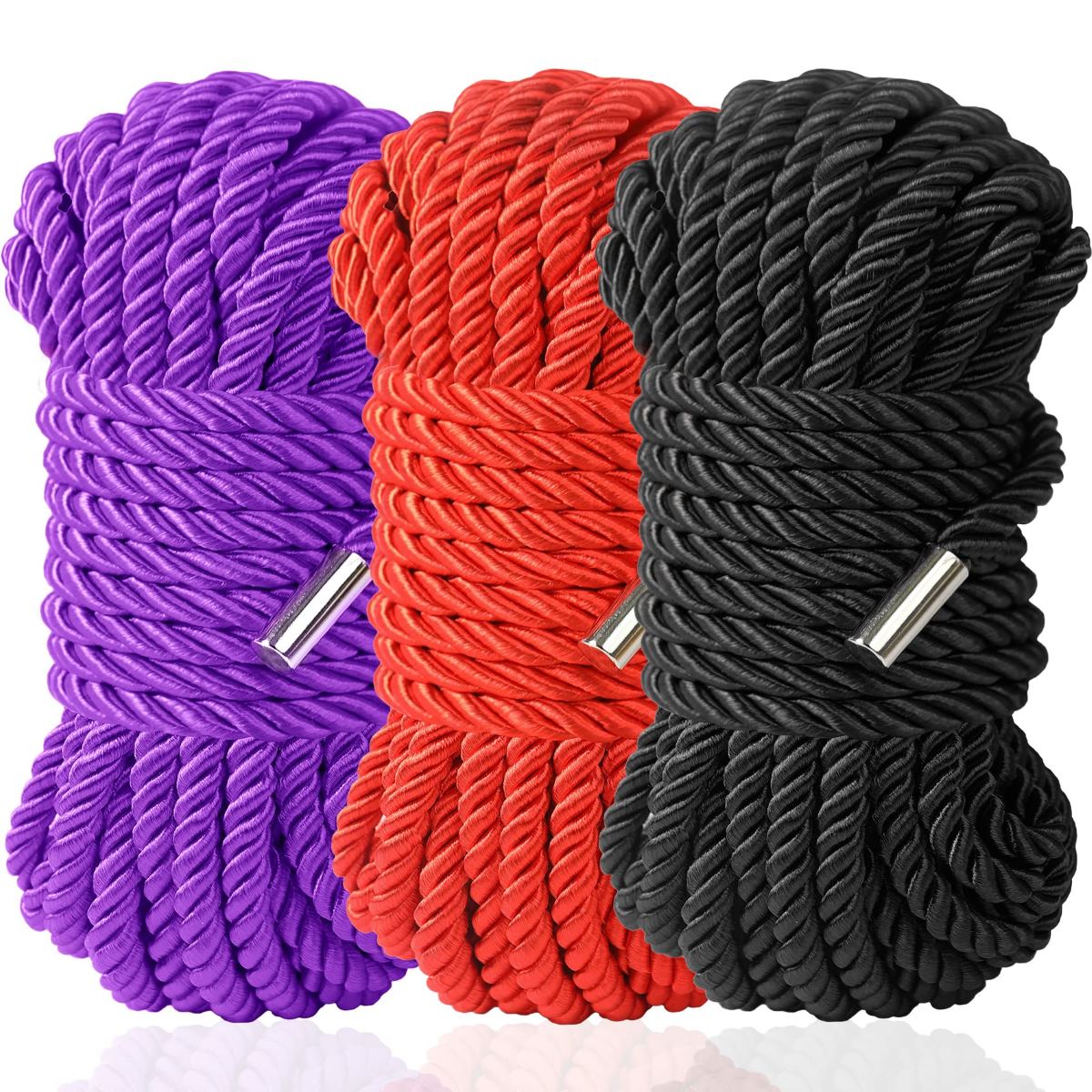
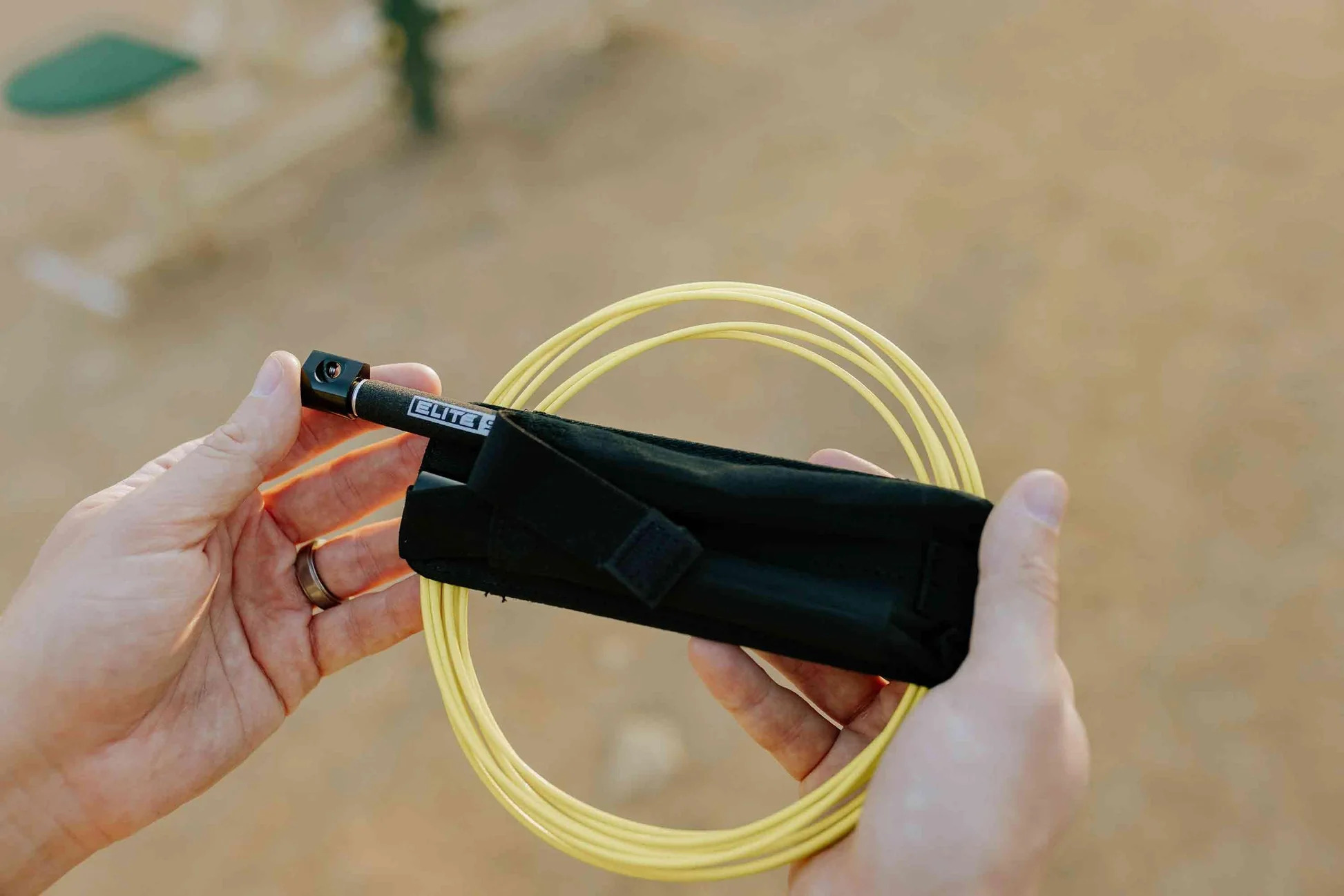
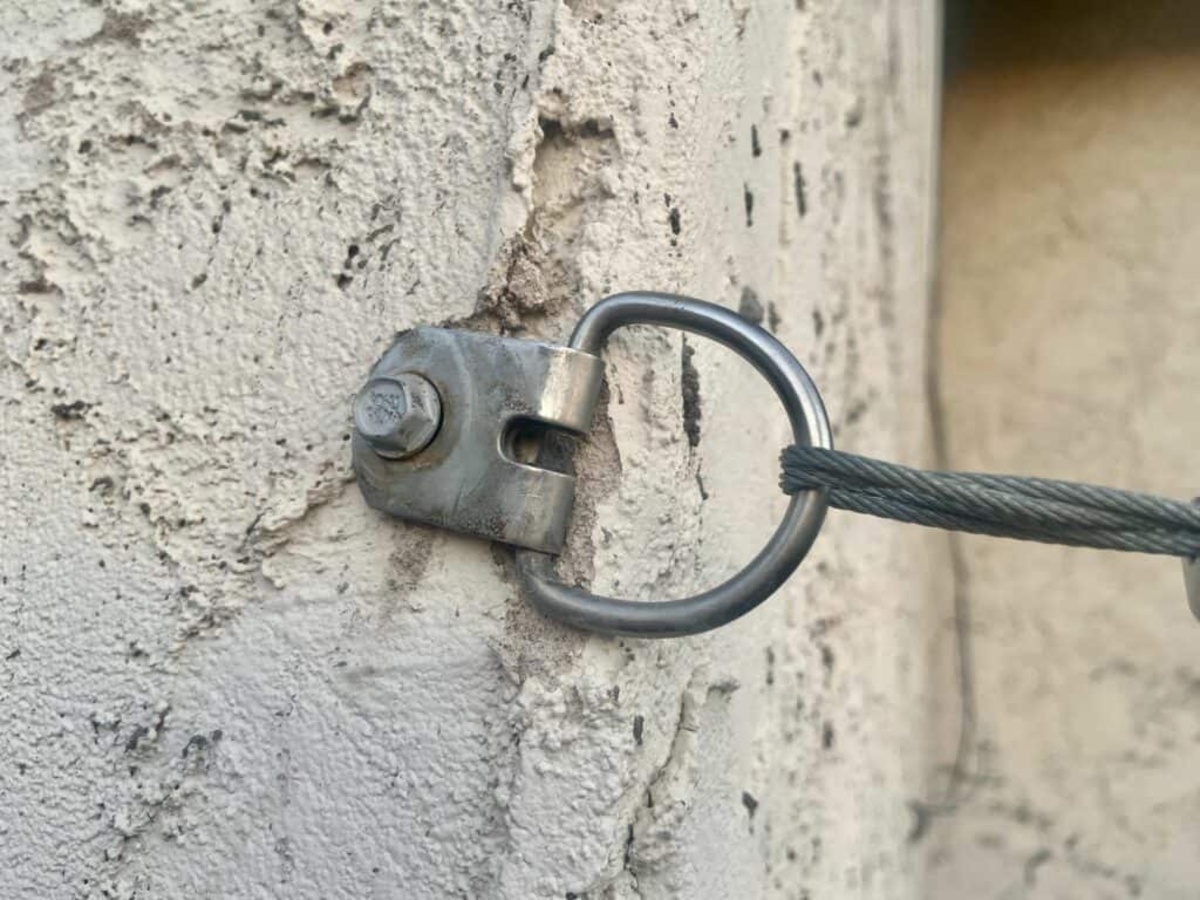
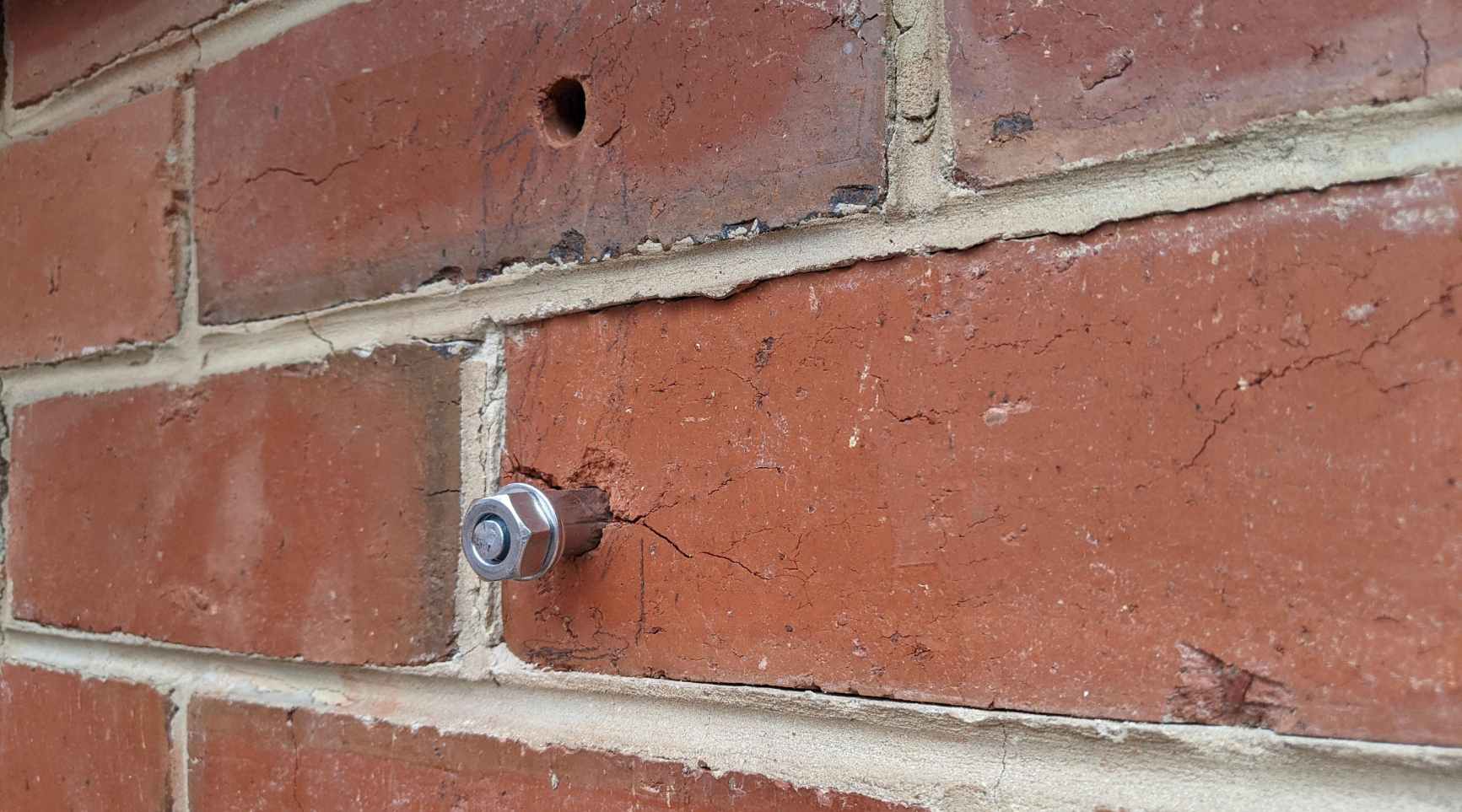
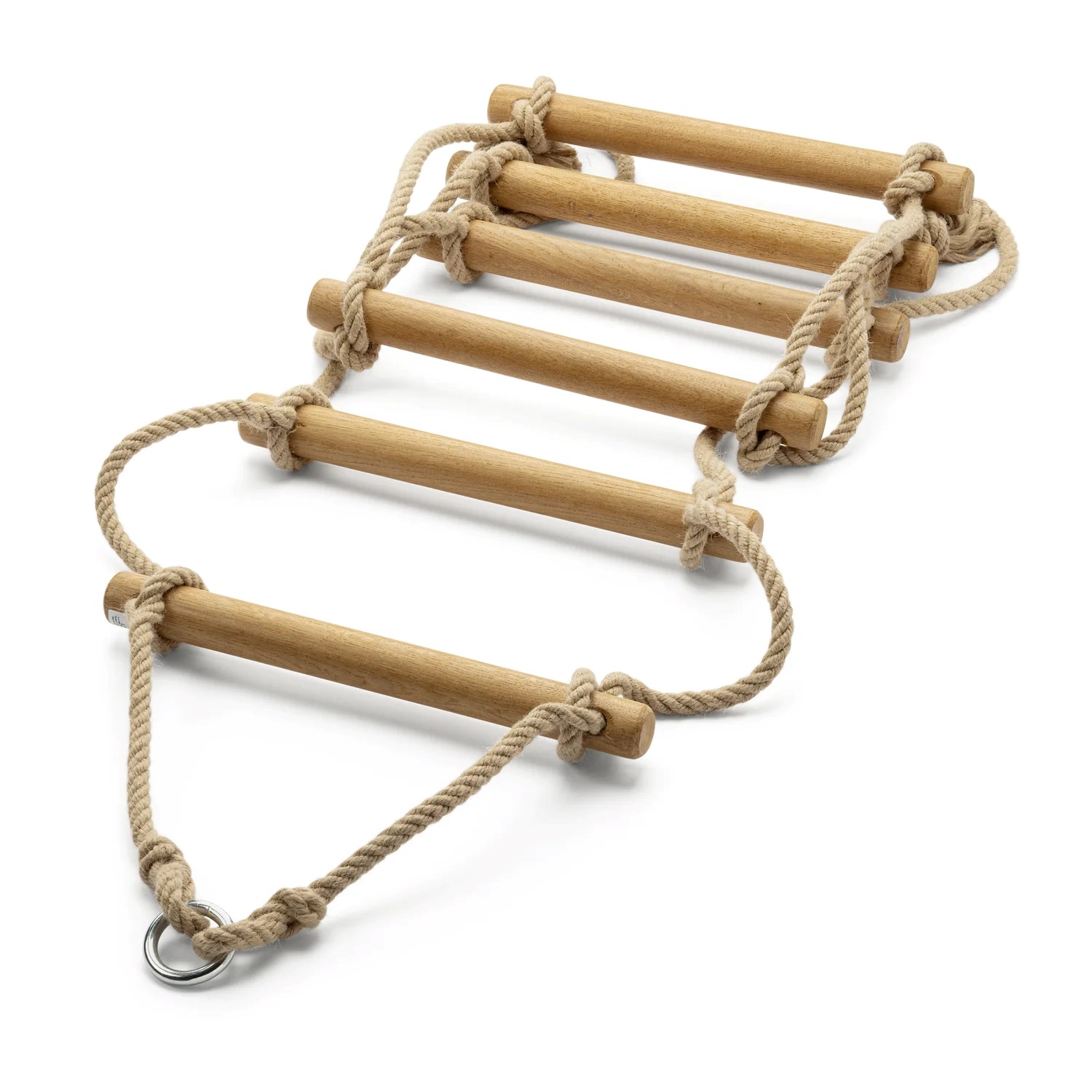
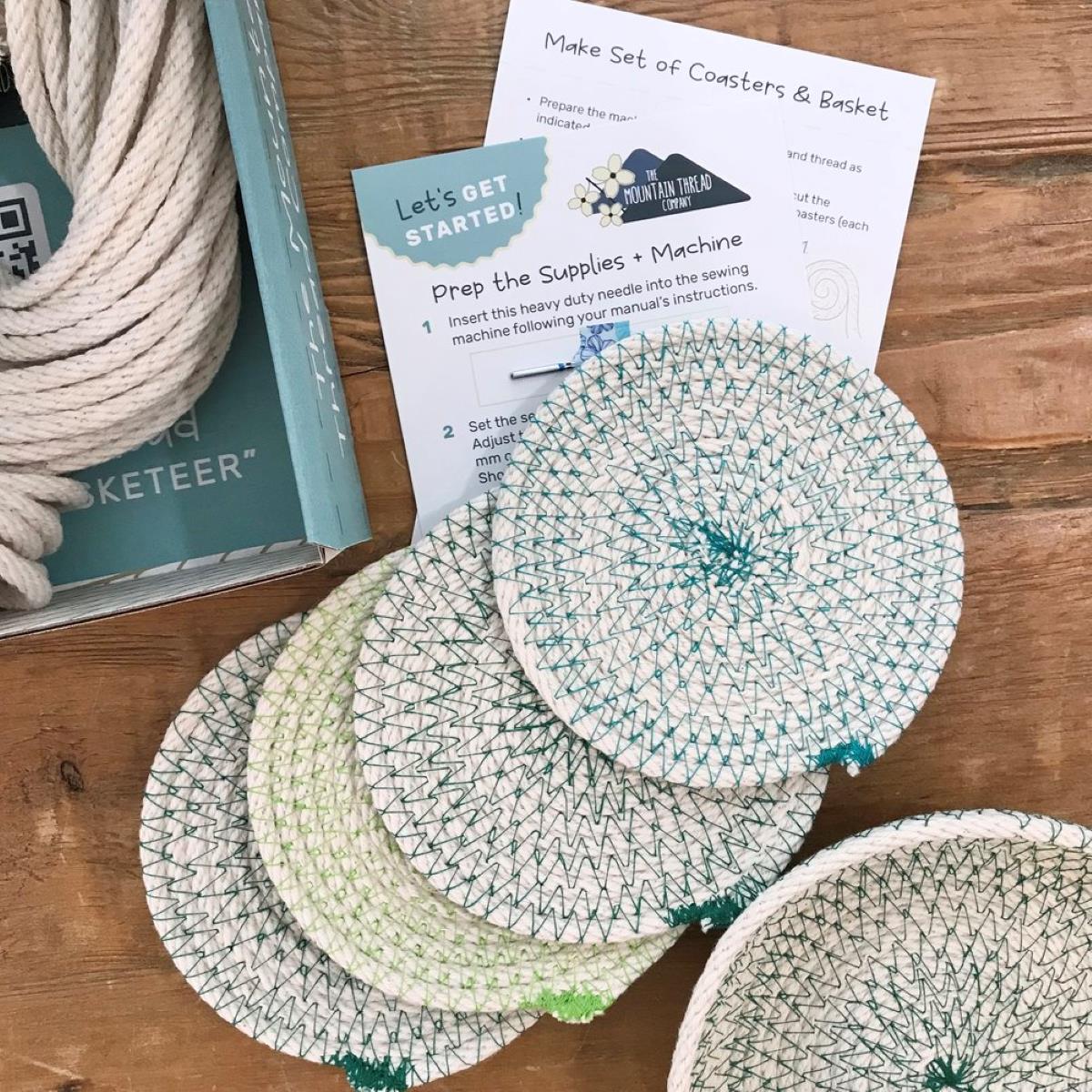

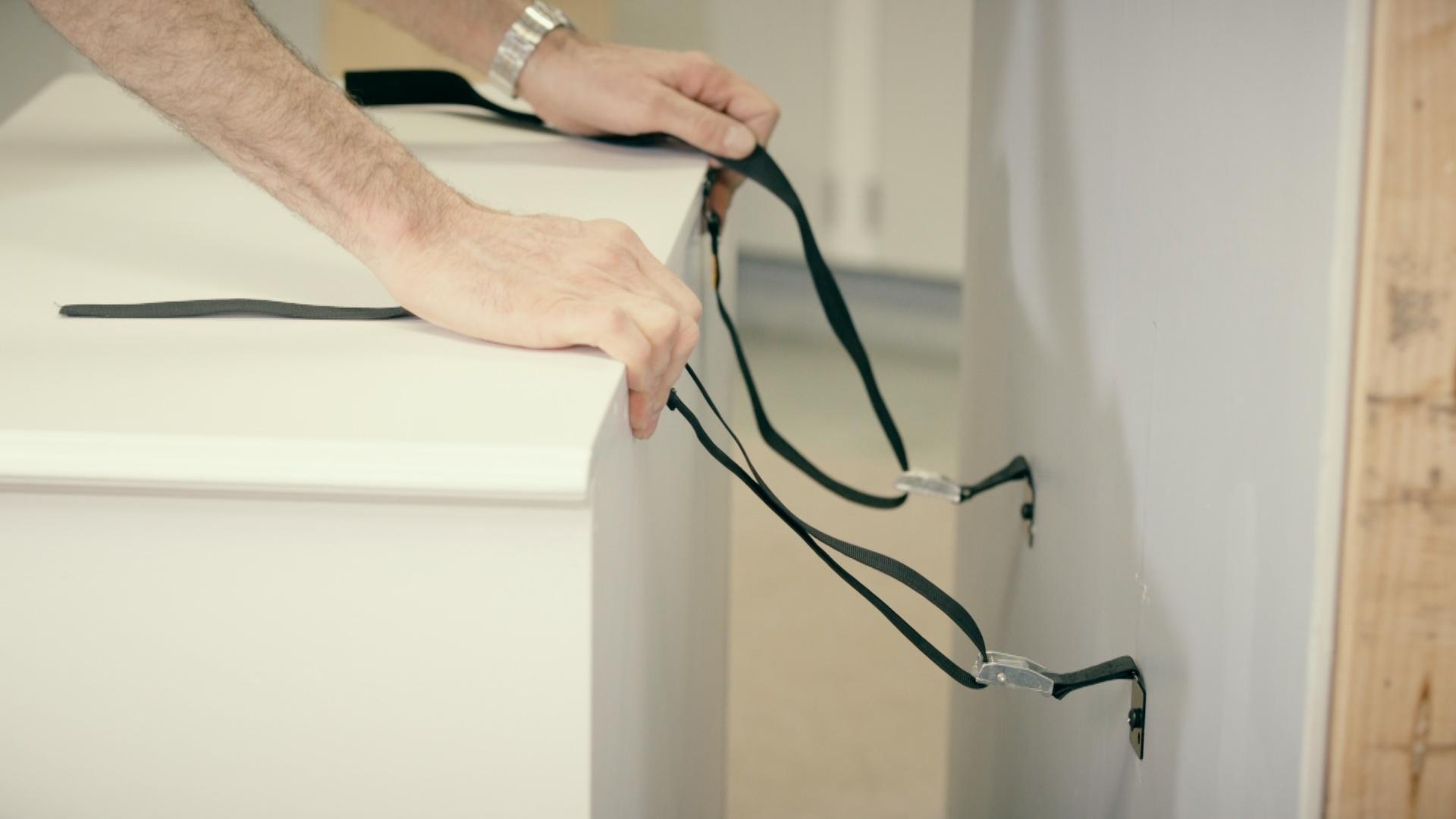


0 thoughts on “How To Store Anchor Rope”